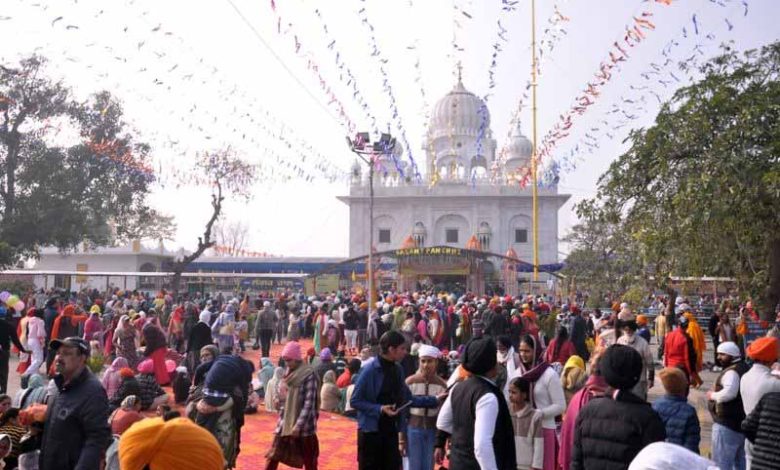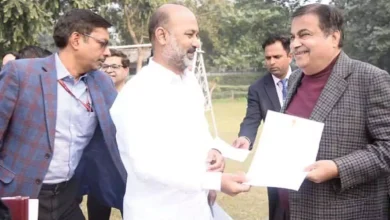Punjab: Celebration of spring, tradition and harmony in Chheharta

Punjab: Chheharta, once an industrial town and now part of Amritsar, is famous for its grand celebration of the festival of Basant Panchami. Every year, a gurdwara in Chheharta, where the sixth Sikh Guru Sri Hargobind had installed a well and six Persian wheels (Chheharta) for irrigation, becomes the centre of the celebrations. The gurdwara attracts a large crowd of devotees, who celebrate the festival with utmost fervour and reverence. Although Basant is historically a spring festival in Punjab, its cultural significance has evolved over the years, transcending religious boundaries. The festival has its roots in Amir Khusro, who, dressed in yellow, sang “Aaj Basant Manaale Suhagan” to console Hazrat Nizamuddin Auliya, who was mourning the death of his nephew.
This act of solidarity sowed the seeds of Basant among the Muslim community of the region. Similarly, during protests against the hanging of 12-year-old martyr Dharmi Haqiqat Rai, the Khatris (Hindus and Sikhs) of Lahore adopted the tradition of flying kites and wearing yellow turbans, giving Basant a new meaning – that of resistance and defiance. Though it is not a purely Hindu, Sikh or Muslim festival, Basant has been adopted along religious lines, with gurdwaras, temples and Sufi shrines each adding their own unique vibrancy to the seasonal celebration. The festival also holds deep significance for Madho Lal Hussain Lahori, a symbol of religious harmony in the Punjab region. In particular, the patronage of Sher-e-Punjab Maharaja Ranjit Singh elevated the cultural stature of this festival, making it a symbol of inclusiveness and unity.





